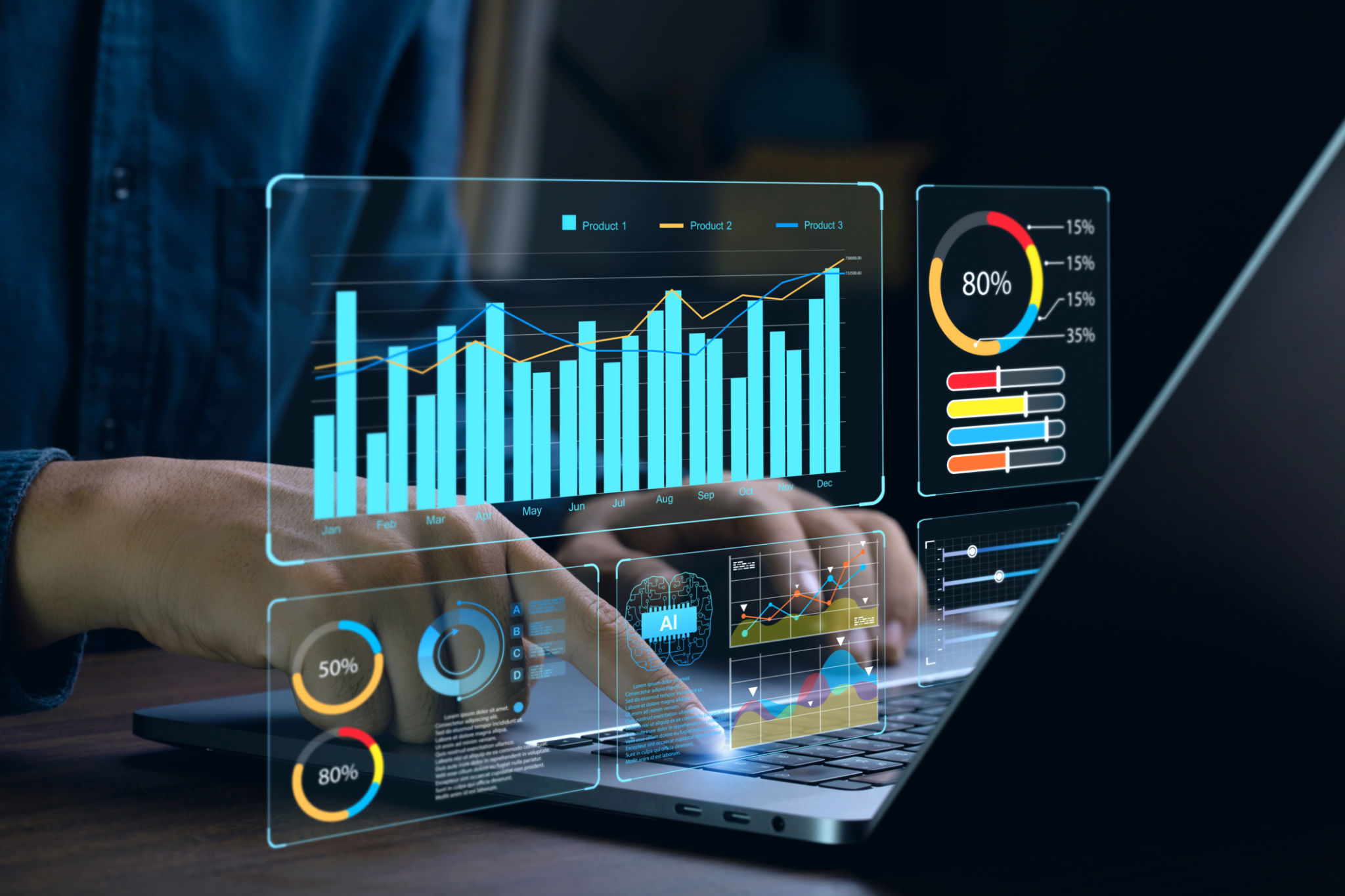How to Prepare for a Seamless Live Event Broadcast
Understanding Your Audience and Objectives
Before diving into the technical aspects of live event broadcasting, it's crucial to pinpoint your target audience and the primary objectives of your event. Knowing who your viewers are will help tailor the content and format to their preferences and interests. Are you aiming to entertain, inform, or perhaps sell a product or service? Clearly defining these goals will guide your entire broadcast strategy.
Engage with potential viewers beforehand through social media polls or email surveys to gather insights about what they expect from your live event. This not only ensures that your broadcast is relevant but also helps in building anticipation and attracting more attendees.

Choosing the Right Platform
The platform you choose for broadcasting can significantly impact viewer experience. Platforms like YouTube, Facebook Live, and Zoom each have their unique advantages. Consider factors such as audience size, interaction capabilities, and ease of access when selecting the right platform. For instance, if real-time engagement with viewers is essential, a platform with robust chat or Q&A features might be more suitable.
Conduct a thorough analysis of each platform’s features, limitations, and user demographics. Additionally, invest time in setting up and testing the platform before the actual event to minimize any technical glitches that might occur.
Technical Setup and Equipment
A seamless live event broadcast requires reliable equipment and a strong internet connection. Invest in high-quality cameras, microphones, and lighting to ensure professional-grade video and audio quality. Test your internet speed beforehand to avoid buffering or disconnection issues during the live stream.

It’s also beneficial to have backup equipment in case something fails. This includes extra cables, batteries, and even a secondary camera or microphone. Having a technical team on hand to manage equipment and troubleshoot any issues is highly recommended.
Content Planning and Scriptwriting
Prepare a detailed script or outline for your live event to keep it organized and engaging. This doesn’t mean every word needs to be scripted; rather, it ensures that key points are covered and transitions are smooth. Consider incorporating interactive elements such as polls or Q&A sessions to keep the audience engaged throughout the broadcast.
Rehearse thoroughly to familiarize yourself with the flow of the event. This will help reduce anxiety and ensure a more natural delivery during the live broadcast.

Promotion and Audience Engagement
Effective promotion is vital for attracting viewers to your live event. Utilize social media, email marketing, and other channels to create buzz around the event well in advance. Share teasers or sneak peeks to pique interest and encourage registrations or reminders.
During the broadcast, actively engage with viewers by responding to comments or questions. Post-event follow-ups can also boost engagement by thanking attendees and sharing highlights or recordings for those who missed it.
Post-Event Analysis
After the event concludes, conduct a thorough analysis to assess its success and identify areas for improvement. Review metrics such as viewer count, engagement rates, and feedback collected from participants. This data is invaluable for refining future broadcasts and ensuring continuous improvement.

Gather feedback from your team as well to understand what went well and what could be improved. Use this information to enhance your strategy for future live event broadcasts.
